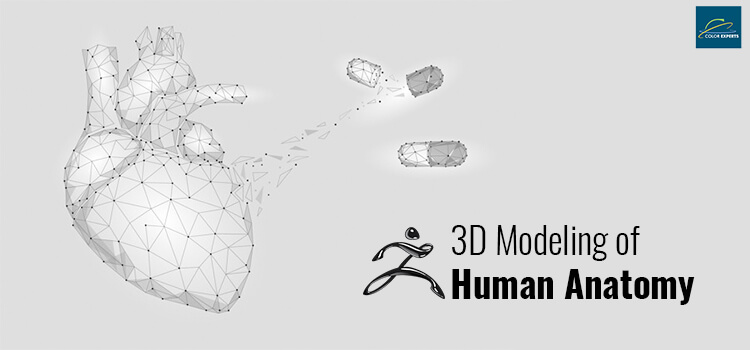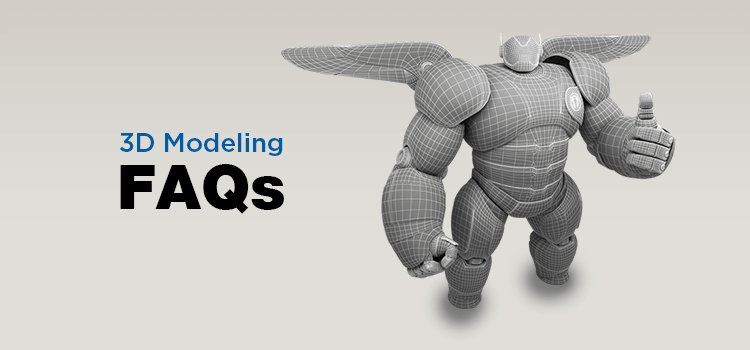How 3D Printing is Changing the World of Manufacturing

We are surrounded by products and these products are produced by the process of manufacturing or production. No matter whether the products are electronics, apparel, jewelry, automobiles, or any other products, all of them undergo the process of manufacturing in their respective factories. Out of all the amazing manufacturing technologies that the world has witnessed, 3D printing is a remarkable one.
It has intrigued people considerably with its unique process of producing products. In addition, the cost of manufacturing has also declined due to the advancements in 3D printing technology, materials, and equipment. This has also made the utilization of 3D printing technology in production a feasible option.
How 3D Printing is Impacting the Manufacturing Industry?
3D printing is a phenomenon and there is no doubt about that. It is revolutionizing the manufacturing industry and gradually becoming an ideal pick for the manufacturing businesses. Well-known for its faster processing and lesser functional cost, 3D printing is definitely a classical choice for the production industry to run their regular operations. Even though this technology is a new one, the day is not far when every manufacturing business will fancy taking advantage of this splendid technology.
Right from designing to producing and testing products, the 3D printer has facilitated the entire process breathtakingly. In the typical system of production, manufacturers undergo a production line to create a product that is not only lengthy and time-consuming but also expensive. Previously, it took them weeks and even months to produce a prototype due to the slow delivery process. 3D printing, however, has been utilized by the manufacturers for prototyping new product designs swiftly in order to test them at a rapid pace. There are many automobile companies, Ford, for example, has created a plethora of car parts with the help of this technology. This saved their precious time and cost only a few thousand dollars to produce these integral spare parts.

Another massive benefit that 3D printing technology adds is supporting lean manufacturing. The premier goal of lean manufacturing is to diminish waste materials and multiply productivity. With the help of 3D printers, companies can produce only the necessary parts and items, thereby slashing wasted products and operational costs. As technology is advancing, this 3D printing technology will not only assist manufacturing products quickly but also ensure efficiency.
Flexibility in product manufacturing is another facet that 3D printers have and this allows the manufacturers to show interest for the 3D printers. They can make low-volume production through this type of printer and experiment with various products and parts, thus customizing them to meet the needs of the consumers. With the rapid technological developments, 3D printers will enable the businesses to tailor their products and parts with perfection and better serve the consumers in the coming days.
Role of 3D printing in the manufacturing process
One of the notable features of 3D printing technology is that it is a convenient method for low volume manufacturing. The role of 3D printing in production is capacious and when it comes to producing the first several hundred parts, there is no doubt that the 3D printing process is far advanced when compared with the conventional methods. Availing the 3D printing technology will allow the businesses to mull short-run part production. This makes it easier for product teams to launch new products more often. By doing so, businesses can not only expedite their manufacturing process but also avoid various drawbacks that they face in the traditional manufacturing process.

A production line set up for 3D printing is easier to tweak as compared to the production line of conventional manufacturing. In 3D printing, the entire production line can be adjusted to the speed of the printing. This allows adjustment of print speed, optimization of machinery, and even an alteration of the product immediately. Unlike the traditional method which took several weeks and even months to make necessary changes, this is, undoubtedly, a faster medium to tweak and produce again. It can be said unequivocally that the facilities that the 3D printing offers in manufacturing products or parts, the businesses are likely to scale up taking advantage of this technology in the near future.
Advantages of 3D Printing in Manufacturing Process
Cost-cutting: When it comes to manufacturing products, expense matters a lot for individual manufacturers. Compared to the conventional process of manufacturing which is very pricey, 3D printing is budget-friendly. In the traditional method, it requires a number of machines as well as people to operate machines. In addition, a production line is required to assemble parts of products. All these require a substantial amount of money to be invested. On the other hand, 3D printing requires just a single operator for each 3D printer and then the printer commences the automated process of manufacturing the uploaded design. Therefore, labor cost in 3D printing is far lesser than the traditional method.
Lesser Chances of Errors and Diminution of Risks: Unlike the traditional method of production, 3D printing allows businesses to ensure designs of products before they are produced. This diminishes the risk of manufacturing errors, wasted material, and money. Creating prototypes of products with the help of 3D printing technology boosts up confidence as it is easier to redesign and tweak prototypes as compared to the conventional methods of manufacturing. In the traditional method, it requires to produce many products to justify set-up costs and the manufacturing also counts on the efficiency of mass production and the production line. But in 3D printing, manufacturing banks on the filament to carry out an order.
Failure is Less-likely: When it comes to the customary method of production, human errors and technical errors are bound to take place which require the replacement or repair of machines. This will not only impede the stages of production but also cost considerably to fix the machines. On the contrary, in 3D printing, the chances of retooling are lesser compared to the customary method as the speed at which 3D printers assemble parts and print is slower than that of a traditional method. This not only minimizes cost but also saves precious time in bulk.

Faster than Traditional Method: Another massive benefit of 3D printing technology is that it produces products at a rapid pace. When it comes to a large-scale production, its utility is practically reflected. 3D printing enables developing 3D ideas, designing these ideas, and printing these designs on the same day. In the conventional method of 3D printing, providing fast output is not feasible due to the lengthy production process.
An Opportunity to Flourish: The goal of every business is to thrive within a short period of time. No matter whatever products they deal in, they target to generate revenues and boost profits. 3D printing technology is a cracking tool to manufacture products as they aspire. It helps them to create products from imagination. Unlike the customary manufacturing method, 3D printing technology allows products to be designed virtually and then printed in a short span. So, an idea transforms into a concept and then concept into a finished product letting the businesses prosper swiftly.

A Means of Reduced Waste: One of the notable features of 3D printing technology is that it utilizes its resources without much waste. Unlike the conventional method of manufacturing which results in a flurry of waste, 3D printing is efficient. A 3D printer uses material that passes through the extruder of the printer and the one used for the assembly of a product. 3D printing being a new technology, the materials required for printing are a bit expensive. However, by the passage of time, the range of materials is rising which hints the reduction of prices of these materials.
Stocking is not Required: In a factory or industry, a voluminous space is required to stock industrial products and parts whether for machinery or sales purposes. This not only costs high but also requires intensive care of the products and parts for smooth operations. Contrariwise, storage space is not needed in 3D printing as it enables products or parts to be designed and printed as they are ordered. This also minimizes the surplus expense of storage space.
Undoubtedly, the future of 3D printing in the manufacturing sector is bright and long-lasting. Even though many companies are still carrying out their productions with subtractive manufacturing method but this is less effective. 3D printing is likely to take over the R&D and maintenance sectors for production but undertaking the whole production cycle may take some time. On top of that, market share is skyrocketing and more production industries are notching up 3D printing units as well.
If you are in need of a premium 3d Modeling service for your 3d Printing project, you can contact us at any time.







